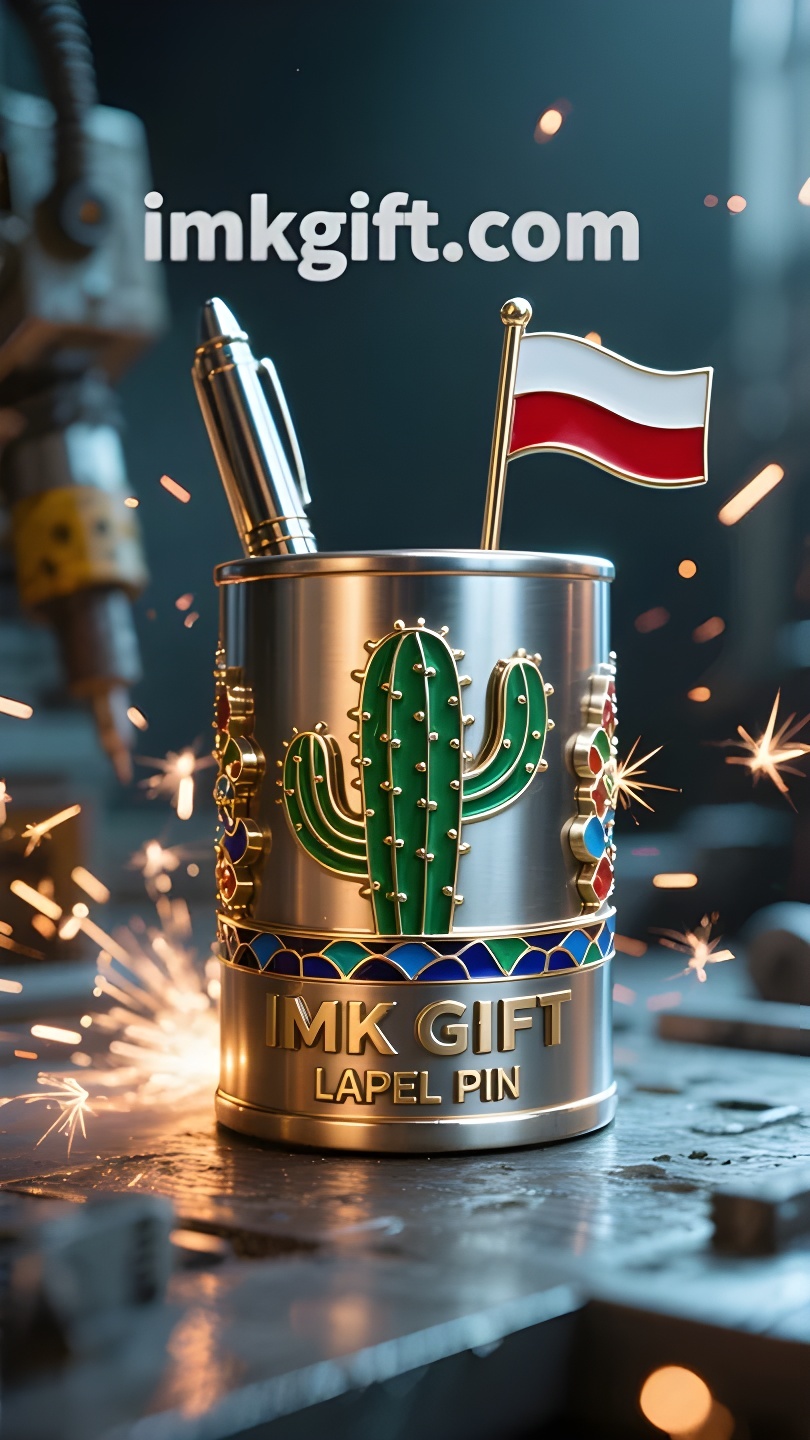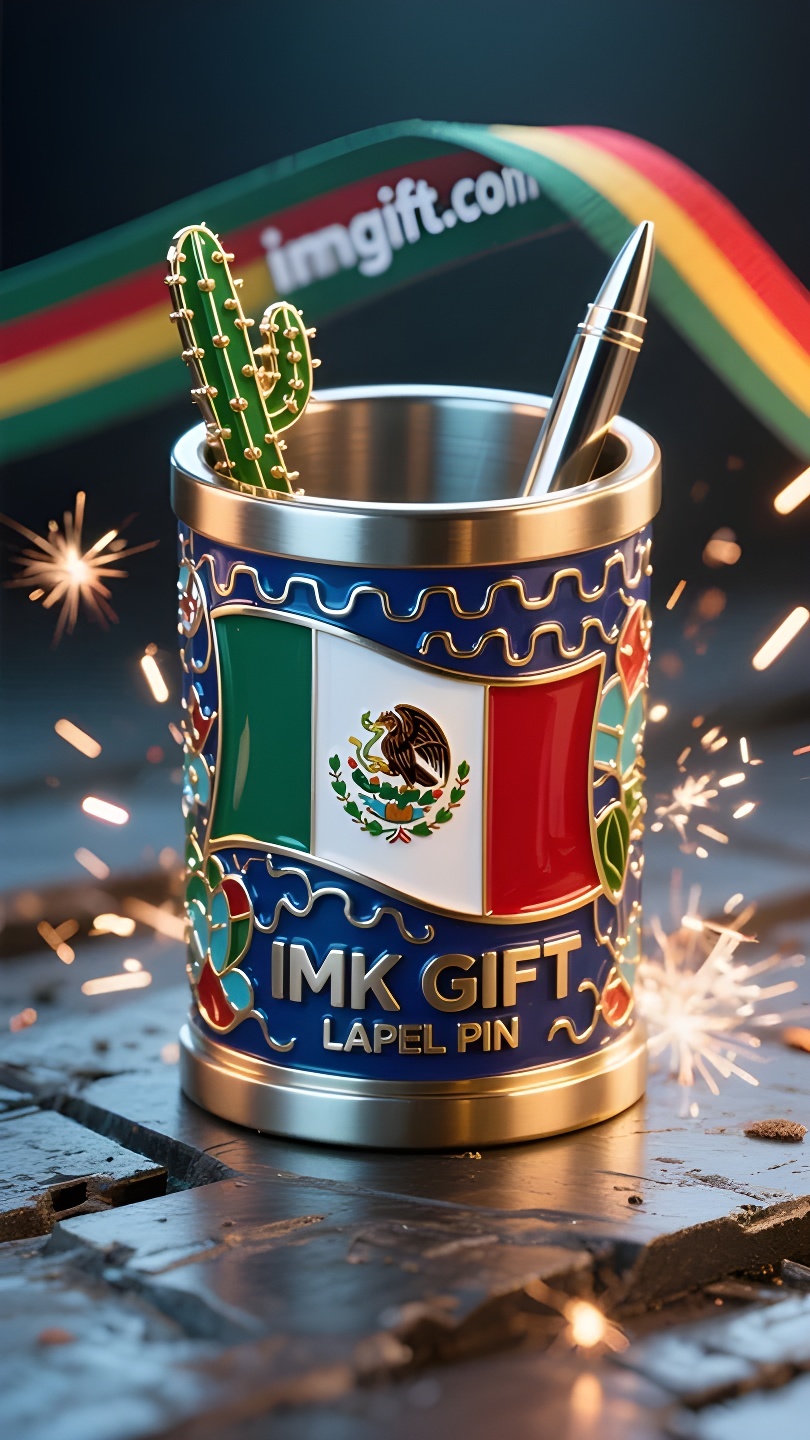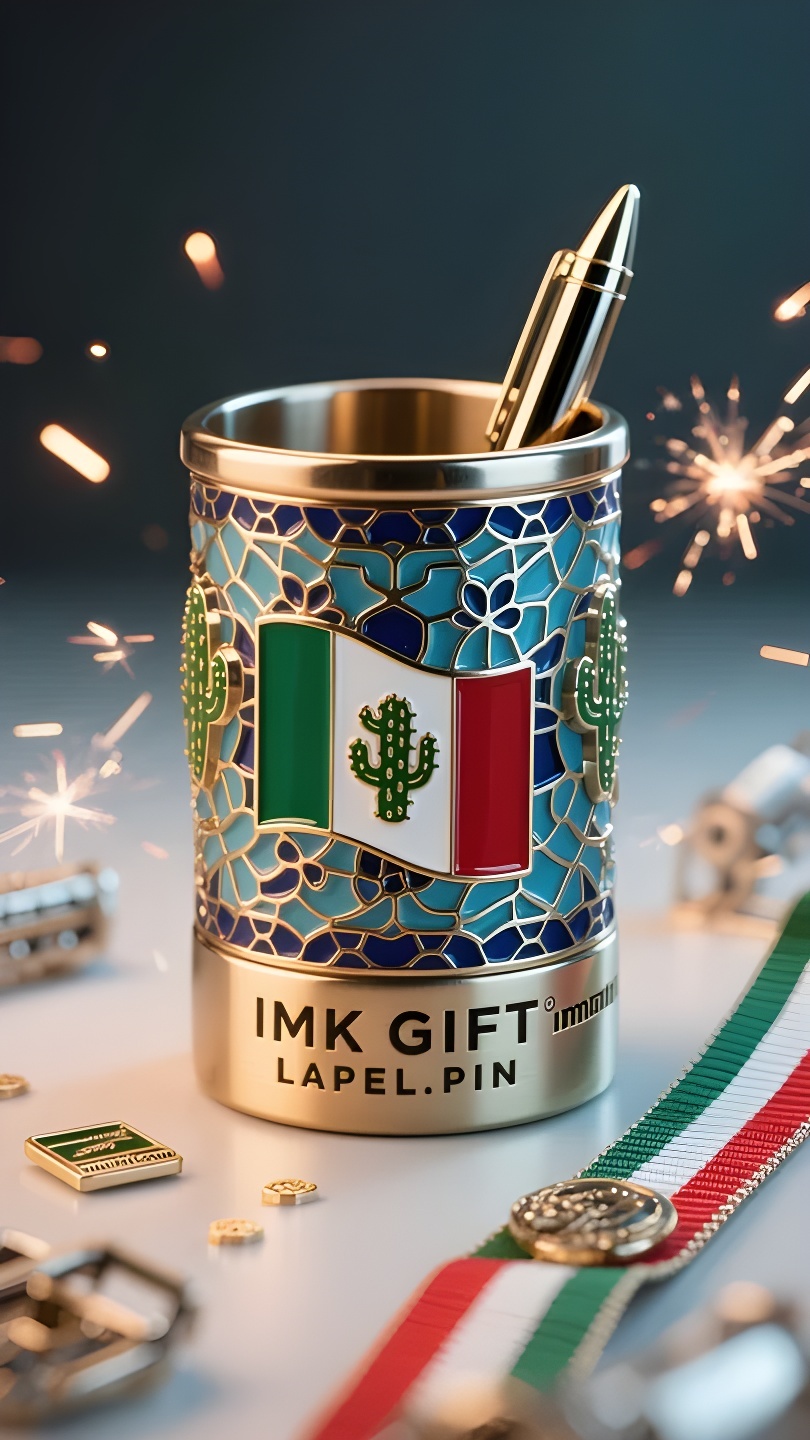in995-Tótem-de-tinta-la-columna-vertebral-espiritual-en-el-portaplumas-de-cactus
▼
En el centro de la bandera mexicana, un águila se yergue orgullosa sobre un cactus y muerde a una serpiente venenosa, narrando la antigua profecía de los aztecas construyendo una ciudad. Este septiembre, cuando los vítores del Día de la Independencia resonaban por toda la plaza, las artesanías de cactus, convertidas en portaplumas, transmitían silenciosamente un código nacional más profundo. Los bordes y las esquinas del portaplumas de cactus no son decorativos, y cada espina en relieve replica la trayectoria pionera de sus antepasados. Se asemeja al relieve del Valle de México: el verde que brota de las grietas de las rocas áridas, igual que el milagro de los aztecas al construir la ciudad de Tenochtitlán en la marisma. Los diseñadores contemporáneos proyectan esta planta en la sala de escritura para recordarle al escritor: la verdadera creación siempre nace en las grietas de las dificultades. Cuando la pluma toca la pared del barril, despierta la luz solar sellada en la fibra de cactus, que es la fuerza vital templada por el sol abrasador durante trescientos años. El tótem del águila en la bandera nacional y el portaplumas de escritorio dialogan en el tiempo y el espacio: el primero congela la gloria momentánea de la independencia nacional, y el segundo consolida la postura espiritual eterna. La función de almacenamiento del portaplumas de cactus tiene un significado especial: no solo alberga herramientas de escritura, sino también los genes tenaces de la sangre de cada mexicano. Envueltas en una capa color tinta, estas fibras vegetales, aparentemente frágiles, resisten la erosión del tiempo con silenciosa dignidad, al igual que la lucha centenaria de esta nación por resistir las cicatrices de la colonización con resiliencia cultural. Cuando el portaplumas de cactus recoge la punta caída del bolígrafo, su cuerpo marcado nos dice: todas las espinas que perforan la carne y la sangre eventualmente crecerán hasta convertirse en el esqueleto que sostiene la civilización.
In the center of the Mexican flag, an eagle stands proudly on a cactus and bites a poisonous snake, telling the ancient prophecy of the Aztecs building a city. This September, when the cheers of Independence Day resounded throughout the square, the cactus crafts made into pen holders were silently conveying a deeper national code. The edges and corners of the cactus pen holder are not decorative, and each raised thorn mark is replicating the trajectory of the ancestors’ pioneering. It resembles the landform of the Mexican Valley – the green bursting out of the barren rock cracks, just like the miracle of the Aztecs building the city of Tenochtitlan in the salt marsh. Contemporary designers cast this plant into the writing room to remind the writer: true creation is always born in the cracks of difficulties. When the pen touches the wall of the barrel, the sunlight sealed in the cactus fiber will wake up, which is the life force tempered by the scorching sun for three hundred years. The eagle totem on the national flag and the desk pen holder form a dialogue in time and space: the former freezes the momentary glory of national independence, and the latter solidifies the eternal spiritual posture. The storage function of the cactus pen holder has a special meaning – it holds not only writing tools, but also the tenacious genes in the blood of every Mexican. Wrapped in an ink-colored coating, these seemingly fragile plant fibers are resisting the erosion of time with silent dignity, just like the century-old struggle of this nation to resist the scars of colonization with cultural resilience. When the cactus pen holder takes up the fallen pen tip, it is telling with its scarred body: all the thorns that pierce the flesh and blood will eventually grow into the skeleton that supports civilization.
在墨西哥国旗中央,一只雄鹰傲立于仙人掌上撕咬毒蛇的图腾,诉说着阿兹特克人建城的古老预言。这个九月,当独立日的欢呼响彻广场时,那些被制成笔筒的仙人掌工艺品,正默默传递着更深邃的民族密码。
仙人掌笔筒的棱角并非装饰,每一道凸起的刺痕都在复刻先民拓荒的轨迹。它形似墨西哥谷地的地貌——贫瘠岩缝中迸发的绿意,正如阿兹特克人在盐碱沼泽筑起特诺奇蒂特兰城的奇迹。当代设计师将这种植物铸入文房,恰是提醒执笔人:真正的创作永远诞生于困境的裂隙。当钢笔触及筒壁的瞬间,仙人掌纤维里封存的阳光便会苏醒,那是被烈日淬炼三百年的生命原力。
国旗上的雄鹰图腾与案头笔筒构成时空对话:前者定格民族独立的刹那荣光,后者则凝固了永恒的精神姿态。仙人掌笔筒的收纳功能别有深意——它盛放的不只是书写工具,更是每个墨西哥人血脉里的顽强基因。在墨色涂层的包裹下,这些看似脆弱的植物纤维,正以沉默的尊严对抗时间的消蚀,恰如这个民族用文化韧性抵御殖民伤痕的百年抗争。
当仙人掌笔筒承接起跌落的笔尖,它正用布满伤痕的身躯诉说:所有扎进血肉的荆棘,终将长成支撑文明的骨架。
▼
Contact Us
📞 Tel: +0086-760-85286839
📧 Email: sales3@imkgift.com








